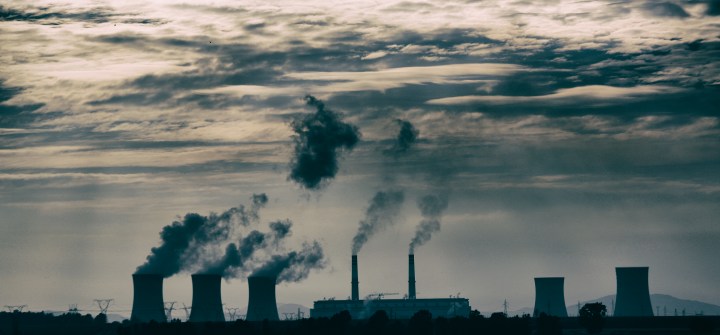OP-ED
Unbundling Eskom — the good, the bad and the ugly

Now that President Ramaphosa has announced a decision to unbundle Eskom into three separate state-owned entities — Generation, Transmission and Distribution — it is a good time to take stock of the announcement and where it leaves South Africa.
The good
The president gave some clear direction on the way forward in his State of the Nation Address (SONA). Regardless of your opinion on whether South Africa is best served with Eskom unbundled or a single entity, the announcement provided certainty and a clear direction.
A decision has been made, it comes from the top and leadership has been shown on a difficult issue. That it came from the highest authority in the country, and the ANC, does a lot to narrow down the possible discord and disagreement and most importantly lifts some of the burden of uncertainty that has hung over the issue for a while.
A crucial point raised by the president in his speech is that separating Eskom’s divisions into separate units allows each entity to source funding on its own merits. This is important because it allows the transmission and distribution operations to deal with their future roles in the power sector independently and, most importantly, identify and deal with their own urgent needs without being overshadowed by the generation sector and its multiple challenges.
The announcement was in all likelihood first discussed with large international institutes such as the World Bank and the IMF as well as other major investors. Unbundling Eskom will certainly play well with these institutions. While it won’t have much impact in the short term, it does create room and goodwill for government and Treasury to implement changes and provide the necessary capital support that will alleviate the debt burden on Eskom.
The bad
Of course, limiting contestation and discord does not mean there will be no discord or disagreement. The unions and even non-unionised employees will be suspicious of any change, particularly anything that may hint at privatisation. Union leaders have already made announcements about their opposition to the move. Government and Eskom will have to manoeuvre through union opposition very carefully.
Keeping with the labour theme, those employed by Eskom are still sitting with major uncertainty hanging over their heads. The institution of the Section 189 process for F-band executives, rumours of retrenchments at the executive level and the ongoing mention of retrenchments in the media has created a heightened sense of doubt and uncertainty that is pervasive.
Some of this is undoubtedly outside management control as the messages sent by the COO as well as plans presented during the National Energy Regulator of SA’s Multi-Year Price Determination (MYPD) 4 hearings by Eskom management has been consistent to date that major retrenchments are not envisioned. The message from the media and those outside the power sector has been different and has focused on Eskom’s “bloated” staffing.
The ugly
The unbundling, unfortunately, does not address Eskom’s debt burden, which is in excess of R400-billion, nor does it address its root causes.
The cause of the debts involves a combination of the overruns and delays at Medupi and Kusile, coal-purchasing strategy and implementation, the ever-present spectre of corruption, municipal non-payment and under-pricing, given that Eskom had undertaken a capital build programme.
Under-pricing has received very little attention but was highlighted by Eskom management during the MYPD4 hearings. Regardless of the structure of the company or the sector, the tariff will determine the sustainability of the electricity sector in South Africa.
Any talk of privatisation is premature as the private sector would not operate in an environment that does not cover costs. In the present tariff environment, it would mean a steep change in the cost of electricity.
Restructuring Eskom without addressing the problems inherent in municipalities will also have limited impact, so this also remains an area that needs urgent attention.
Ultimately, the SONA announcement on Eskom by the president was the first step of a long, hard road to resolving the many issues in South Africa’s electricity sector. DM
Ulrich Minnaar holds a PhD in electrical engineering and works in Eskom’s Research, Testing and Development section. He writes in his personal capacity.

















 Become an Insider
Become an Insider